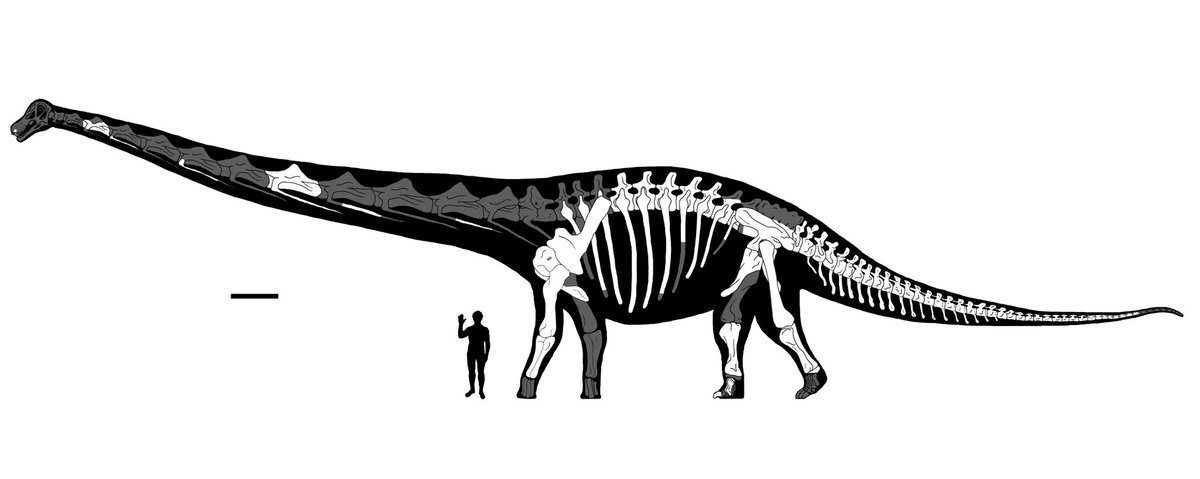
The life of Prof. Gopalasamudram Narayana Iyer Ramachandran (more popularly known as GNR among his colleagues and
students), one of the greatest and yet least sung savants of science in India, is as inspiring as it is melancholic.
Today is his birth centenary.
(1/n)
students), one of the greatest and yet least sung savants of science in India, is as inspiring as it is melancholic.
Today is his birth centenary.
(1/n)

From the groundbreaking research on the structure of collagen & on peptide conformations undertaken at the Madras University, to founding and nurturing the Molecular Biophysics Unit (@MBU_IISc) at @iiscbangalore,...
(image source: subhankar-biswas, deviantart.com)
(2/n)
(image source: subhankar-biswas, deviantart.com)
(2/n)
...and later on developing the convolution-backprojection algorithms (which greatly improved the quality and practicality of X-ray tomography) - he has left indelible footprints everywhere on the field of structural biology.
(3/n)
(3/n)
He put the name of Madras honourably on the atlas of world science when he, along with Gopinath Kartha, proposed the triple helix structure for the collagen molecule. The work was published in 'Nature' (1955): rdcu.be/cW9RB
(nature.com/articles/17659…)
(4/n)
(nature.com/articles/17659…)
(4/n)
Even a research infrastructure, that was not by any stretch of imagination globally competitive, could not stop his group from matching skills and even beating the best teams in the world who were engaged in the quest for discovering the structure of collagen!
(5/n)
(5/n)
Once he mentioned that he got the idea for the 'coiled-coil model' from astronomy: The moon, while it rotates, also revolves around the earth and always presents the same side to the earth. This idea was incorporated into the collagen structure...
(6/n)
(6/n)
...in which the glycyl residues always face the center of the triple helix!
The proposed structure of collagen was not without controversy. Alexander Rich and Francis Crick believed that the latter’s structure contained atoms that were too close,...
(7/n)
The proposed structure of collagen was not without controversy. Alexander Rich and Francis Crick believed that the latter’s structure contained atoms that were too close,...
(7/n)

...which would cause steric hindrance based on van der Waal’s radii of atoms. This was easily countered by V. Sasisekharan in an examination of the crystal structures of various amino acids and peptides. However, Ramachandran wanted to tackle this type of problems...
(8/n)
(8/n)

...at the most basic
level possible! At a time when computers were unknown in India, marathon calculations had to be performed using electronic desk
calculators. The rest is history. The result which emerged from these calculations in 1962,...
(9/n)
level possible! At a time when computers were unknown in India, marathon calculations had to be performed using electronic desk
calculators. The rest is history. The result which emerged from these calculations in 1962,...
(9/n)

...now commonly known as the Ramachandran Map, was published in the 'Journal of Molecular
Biology' (1963), and has become a household name in the
field of protein conformation: sciencedirect.com/science/articl….
When Ramachandran moved from Madras to Bangalore,
...
(10/n)
Biology' (1963), and has become a household name in the
field of protein conformation: sciencedirect.com/science/articl….
When Ramachandran moved from Madras to Bangalore,
...
(10/n)
...his main ambition was to supplement the various facets of
his theoretical work with support from the experimental side
in the field of biopolymer conformation.
Ramachandran received the Shanti Swarup Bhatnagar Award
...
(11/n)
his theoretical work with support from the experimental side
in the field of biopolymer conformation.
Ramachandran received the Shanti Swarup Bhatnagar Award
...
(11/n)
...for Physics (1961) in India and the Fellowship of the Royal Society
of London. The IUCr honoured him with its prestigious Ewald Prize (1999). The Central Leather Research Institute in Chennai has named the building housing its auditorium "Triple Helix".
(12/n)
of London. The IUCr honoured him with its prestigious Ewald Prize (1999). The Central Leather Research Institute in Chennai has named the building housing its auditorium "Triple Helix".
(12/n)
Though his contributions in the field of biophysics are of the Nobel Prize calibre, according to many, due credit has not been given to GNR for his findings. Surprisingly, Ramachandran was not given any of the Government’s civil awards as given to many other scientists.
(13/n)
(13/n)
He was nominated for the 1964 Nobel Prize in Chemistry by Sir C. V. Raman for his fundamental contributions to protein structure and function, but didn’t win the prize.
What is important to note is that none can undermine GNR’s scientific achievements,...
(14/n)
What is important to note is that none can undermine GNR’s scientific achievements,...
(14/n)
...and that too which he accomplished against all odds.
May the legacy of #GNRamachandran (8 Oct 1922 - 7 Apr 2001) live on forever.
@IUCr @IUPAB1 @insa_academy @IAScBng
#ForgottenIndianScientists
(n/n)
May the legacy of #GNRamachandran (8 Oct 1922 - 7 Apr 2001) live on forever.
@IUCr @IUPAB1 @insa_academy @IAScBng
#ForgottenIndianScientists
(n/n)
• • •
Missing some Tweet in this thread? You can try to
force a refresh






